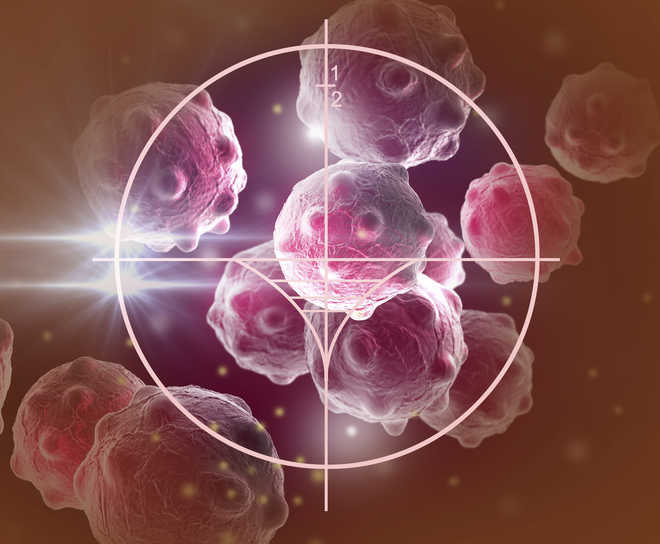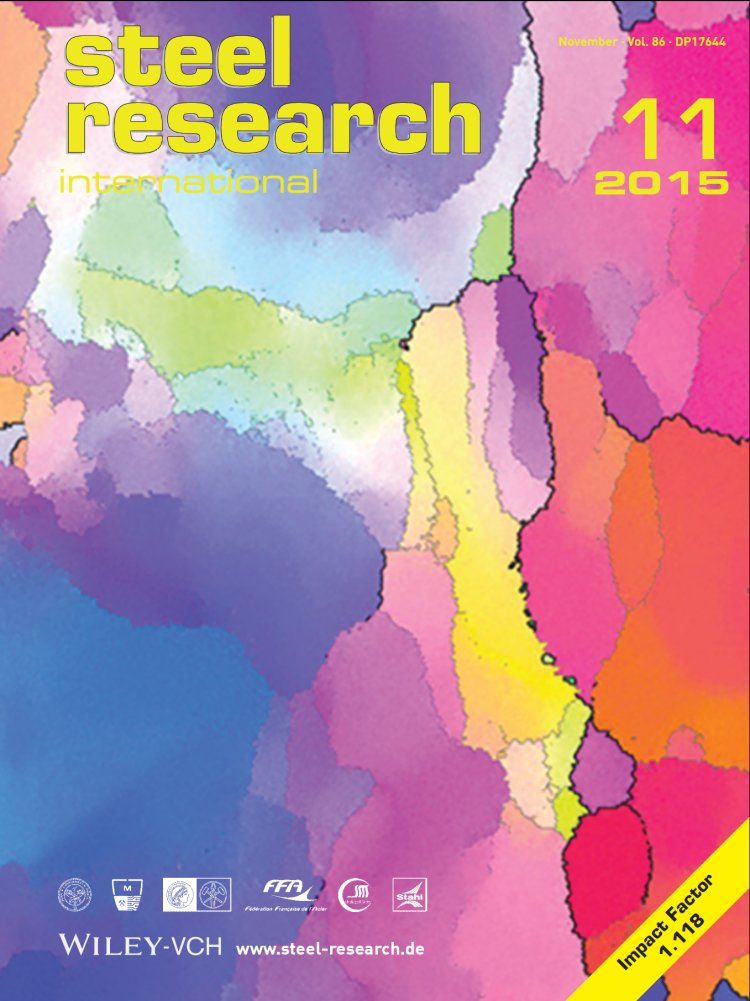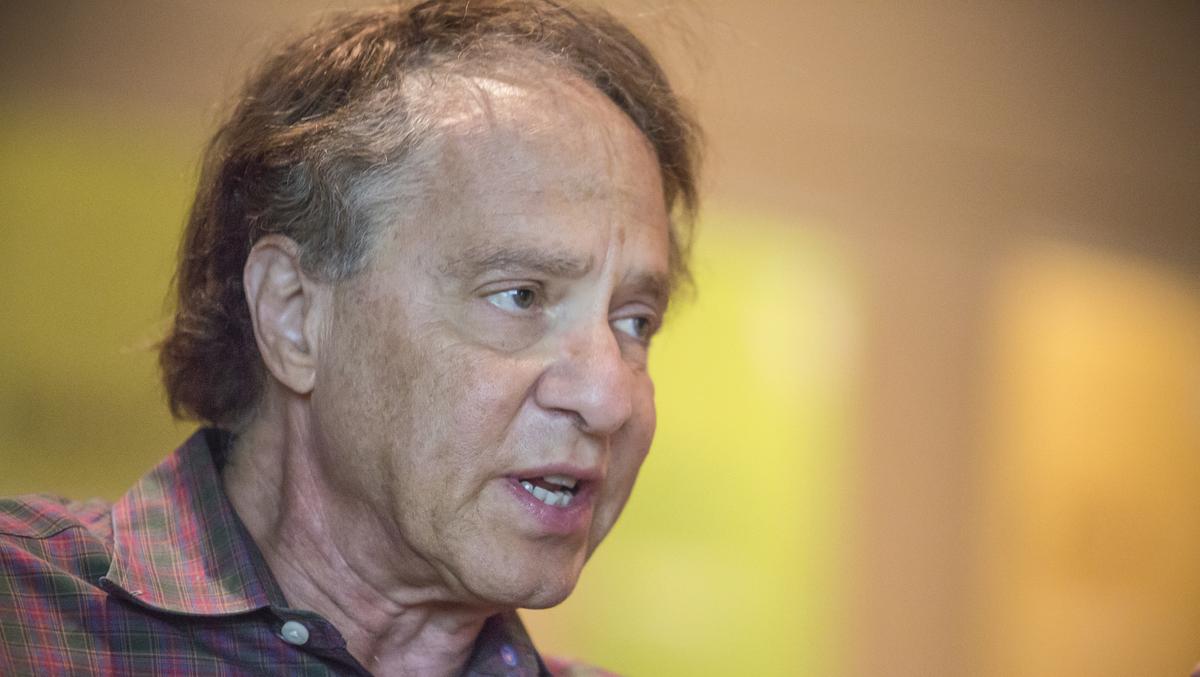Archive for the ‘nanotechnology’ category: Page 274
Mechanically stacked two-dimensional Van-der-Waals heterostructures have been engineered to devise Terahertz frequency nano-detectors by using a flake of black phosphorus (BP) trapped between two layers of hexagonal boron nitride (hBN).
An international collaboration between researchers from Italy, USA, France and Poland brought together the benefits of heterostructure architecture and the potential of 2D layered nanomaterials to build THz photon sensors that operate over the 0.3−0.65 THz range, at low temperatures, with excellent signal to noise ratio values. They accomplished this by reassembling the thin isolated atomic planes of hexagonal borum nitride (hBN) with a few layer phosphorene (black phosphorus (BP)) in mechanically stacked hBN/BP/hBN heterostructures.
Artificial semiconductor heterostructures have an important role in modern electronic and photonic technologies, due to their effectiveness for manipulation and control of carriers from the visible to the THz range. Even though they are incredibly versatile, they usually require challenging production procedures due to the need of clean and abrupt interfaces. These characteristics are a major challenge for having high-efficiency devices at room temperature like source, detectors or modulators, especially in the far-infrared. With the emergence of two-dimensional (2D) layered materials, like graphene and phosphorene, as reliable, flexible and versatile alternatives for detectors operating at THz with low signal to noise ratio, this challenge was finally overcome.
Sep 12, 2016
Nano-sized metal fish deliver targeted drugs to your body
Posted by Karen Hurst in categories: biotech/medical, nanotechnology
Doctors have long dreamed of delivering drugs to specific parts of your body, and they may soon have a clever way to do it: fish. UC San Diego researchers have developed nanoscale metallic fish (they’re just 800 nanometers long) that could carry medicine into the deeper reaches of your bloodstream. Each critter has a gold head and tailfin, as well as a nickel body joined by silver hinges. You only have to subject them to an oscillating magnetic field to make them swim — there’s no need for propellers or a passive (read: slow) delivery system. That, in turn, could make the drug carriers smaller even as they move quickly.
The technology definitely has its flaws. It’s not currently biodegradable, so you may be stuck with this school of fish unless there’s a way to flush them out. Gold and silver aren’t the cheapest metals, either. Scientists are working on biodegradability, however, and they’re hopeful that it will be useful for more than just guiding drugs. You could use to control individual cells, for example, or conduct certain forms of non-invasive surgery. It may just be a matter of refining the technique before you can get medicine exactly where you need it.
Continue reading “Nano-sized metal fish deliver targeted drugs to your body” »
Sep 12, 2016
Crocus Technology Introduces a Nano-Power TMR Digital Switch
Posted by Karen Hurst in categories: computing, nanotechnology, wearables
Nice.
Crocus Technology, a leading developer of Tunneling Magnetoresistive Sensors (TMR) based on proprietary and patented Magnetic Logic Unit (MLU) technology, announces the availability of the CT51x digital switch, the first in a series of fully integrated digital sensors the company has launched. This family of devices accommodates a wide range of applications with larger air gaps, smaller magnetic fields, and significantly lower power consumption. The CT51x enables high-accuracy position detection, control and power switching functions with high sensitivity and reliability that system designers demand for the IoT, consumer and industrial applications.
“With ever increasing demand for intelligent sensing in smart products, the CT51x family of devices offers design-in flexibility and cost-savings for existing and emerging applications: IoT, wearables, appliances, smart meters, intelligent smart locks and other consumer products,” said Zack Deiri, Chief Sales and Marketing Officer at Crocus Technology. “The market is gravitating towards intelligent solid-state magnetic switches that provide higher reliability, faster frequency response, and extremely low power consumption for battery-powered applications in a smaller form factor, such as the CT51x.”
Continue reading “Crocus Technology Introduces a Nano-Power TMR Digital Switch” »
Sep 8, 2016
Bacteria supply their allies with munitions
Posted by Karen Hurst in category: nanotechnology
Many bacteria possess molecular spear guns, which they fire at enemies and rivals, thus putting them out of action. The tips of these nano-spear guns, known as Type VI secretion system (T6SS), are loaded with toxic molecules that lead to death of their adversaries. However, sometimes close related bacteria come under fire. The team of Prof. Marek Basler, infection biologist at the Biozentrum of the University of Basel, has shown for the first time, that in contrast to their enemies the harpooned sister cells actually profit from the attack: After a T6SS injection, they are able to reuse specific proteins to produce their own spear guns. Thus the related bacterial strains help each other to enlarge their arsenal of weapons and to fight their competitors.
Bacteria harpoon their opponents — and their allies.
The T6SS is firmly attached to the bacterial cell envelop. The tiny spear with a sharp tip is surrounded by a flexible sheath. “When bacteria fire their spear guns, the sheath rapidly contracts in just a few milliseconds and ejects the spear out of the cell into by-standing bacteria,” says Basler describing the mechanism. “The attackers then recycle the harpoon proteins remaining in the cell.” In this maneuver, the bacteria also hit related bacterial strains that do the same as the attackers: They disassemble the harpoon into their protein components and reuse these for new T6SS assembly.
Continue reading “Bacteria supply their allies with munitions” »
Sep 8, 2016
Carbon Nanotube Transistors Twice As Efficient As Silicon, Study Shows
Posted by Karen Hurst in categories: computing, nanotechnology, particle physics
![]()
Scientists at the University of Wisconsin-Madison have shown for the first time that transistors fashioned out of carbon nanotubes are actually twice as efficient as regular silicon varieties. This comes after decades of research regarding how carbon nanotubes can be used to design the next generation of computers. Speaking about the breakthrough, recently published in the Science Advances journal, Michael Arnold, a member of the team, said:
Making carbon nanotube transistors that are better than silicon transistors is a big milestone. This achievement has been a dream of nanotechnology for the last 20 years.
Continue reading “Carbon Nanotube Transistors Twice As Efficient As Silicon, Study Shows” »
Sep 8, 2016
An AI upgrade for your brain, Elon Musk teases the Neural Lace
Posted by Karen Hurst in categories: Elon Musk, nanotechnology, neuroscience, robotics/AI, space travel, sustainability

Worried that AI’s one day could make us their pets Elon Musk is teasing a new brain-hacking tech
There’s no doubting that Elon Musk is one busy guy. Whether he’s trying to land on Mars with SpaceX, running Tesla, buying SolarCity, investing in the future of AI, building Giga factories or throwing out Hyperloop concepts for fun but it’s increasingly apparent that he’s giving a huge amount of thought to the day when advanced AI’s become the most intelligent form of “life” on the planet.
Continue reading “An AI upgrade for your brain, Elon Musk teases the Neural Lace” »
Sep 8, 2016
Google, Singularity University futurist Ray Kurzweil on the amazing future he sees — thanks to technology
Posted by Elmar Arunov in categories: business, computing, engineering, health, life extension, nanotechnology, Ray Kurzweil, robotics/AI, singularity
Ray Kurzweil is a futurist, a director of engineering at Google and a co-founder of the Singularity University think tank at NASA Ames Research Center in Mountain View. He is a nonfiction author and creator of several inventions.
Kurzweil met with the Silicon Valley Business Journal to discuss how technology’s exponential progress is rapidly reshaping our future through seismic shifts in information technology and computing power, energy, nanotechnology, robotics, health and longevity.
Sep 7, 2016
Device Detects Malignant Melanoma Type to Prescribe Proper Medication
Posted by Karen Hurst in categories: biotech/medical, genetics, nanotechnology
NICE.
Scientists at the Swiss Nanoscience Institute, the University of Basel, and the University Hospital Basel have developed and have been testing a device that can screen people with malignant melanoma for a spcific genetic mutation. About half of malignant melanoma cases involve the BRAF gene that results in rapid cell division and drugs targeting this type of cancer are available. The problem is that without knowing if a patient exhibits the mutation, it is dangerous to prescribe the medications since they will not work and will only cause additional problems.
The new device was used to analyze malignant melanoma tissue samples and to find whether the relevant genetic sequence is present. It relies on microscopic cantilevers, some of which have a coating to which the particular genetic sequence sticks to. Other cantilevers have a coating without the sequence. RNA isolated from the biopsy samples was then introduced into the device and the molecules that stuck to the cantilevers made them bend. This bending can be detected, pointing to the presence of the searched for mutation.
Continue reading “Device Detects Malignant Melanoma Type to Prescribe Proper Medication” »
Sep 7, 2016
For First Time Ever, Carbon Nanotube Transistors Have Outperformed Silicon
Posted by Shailesh Prasad in categories: computing, nanotechnology
![]()
In an attempt to bring the next generation of computers to life, teams around the globe have been working with carbon nanotubes — one of the most conductive materials ever discovered. Now, for the first time ever, scientists made a transistor using carbon nanotubes that beats silicon.
For the first time, scientists have built a transistor out of carbon nanotubes that can run almost twice as fast as its silicon counterparts.
Continue reading “For First Time Ever, Carbon Nanotube Transistors Have Outperformed Silicon” »













